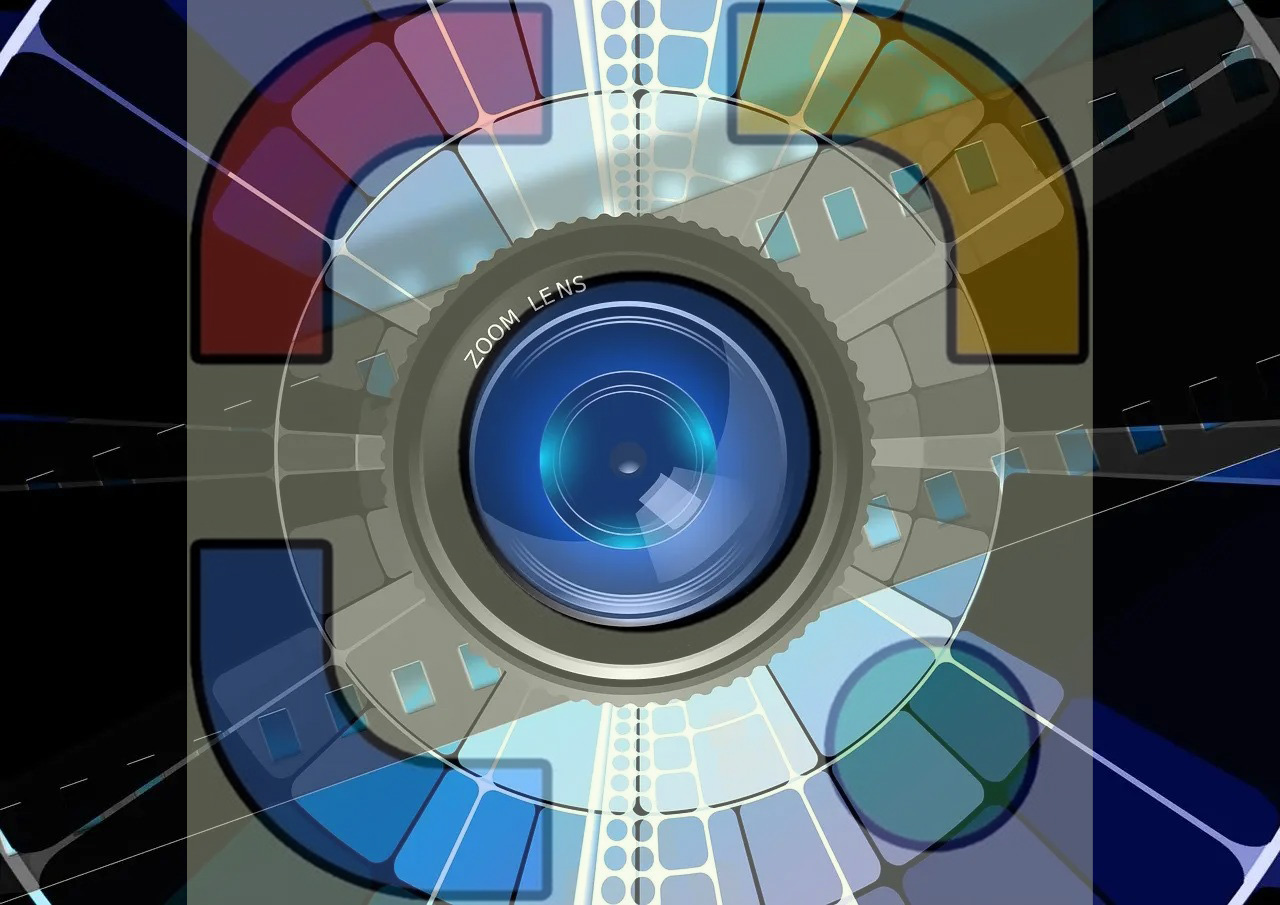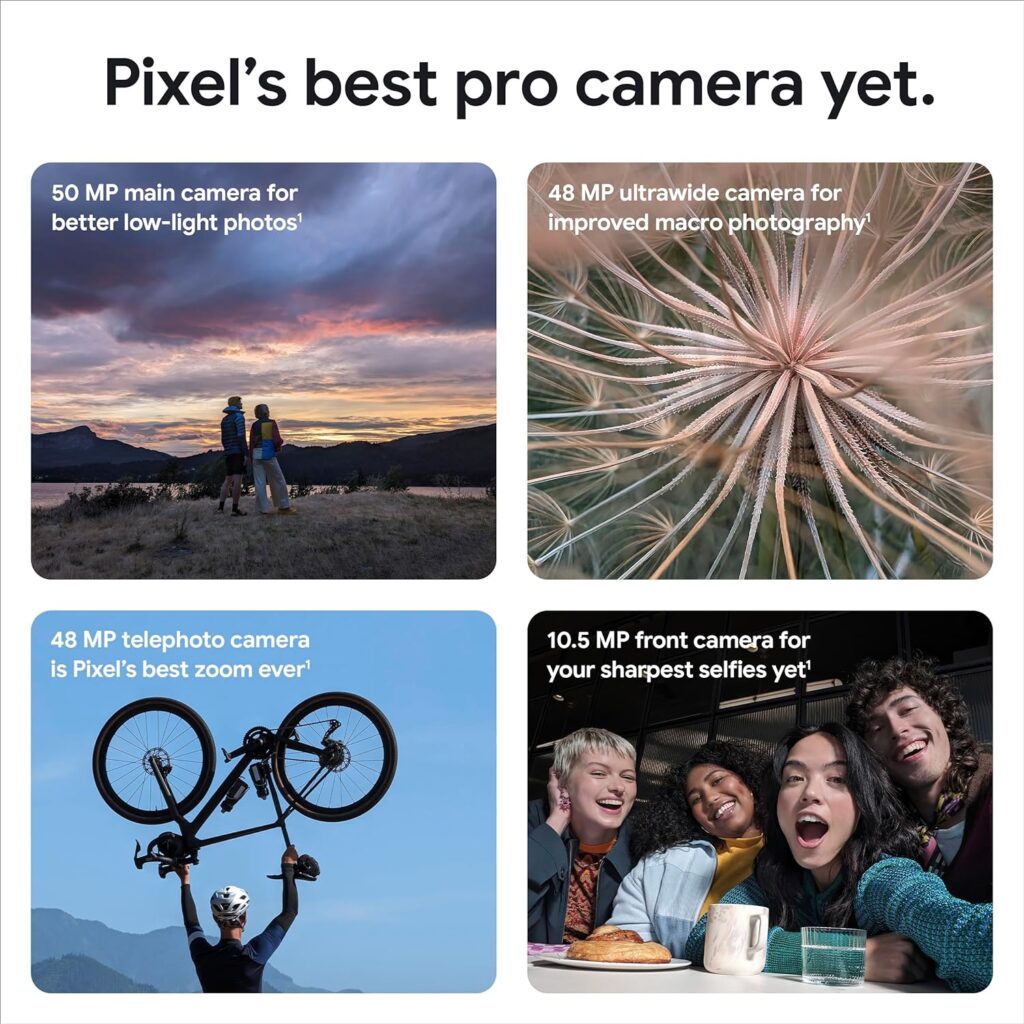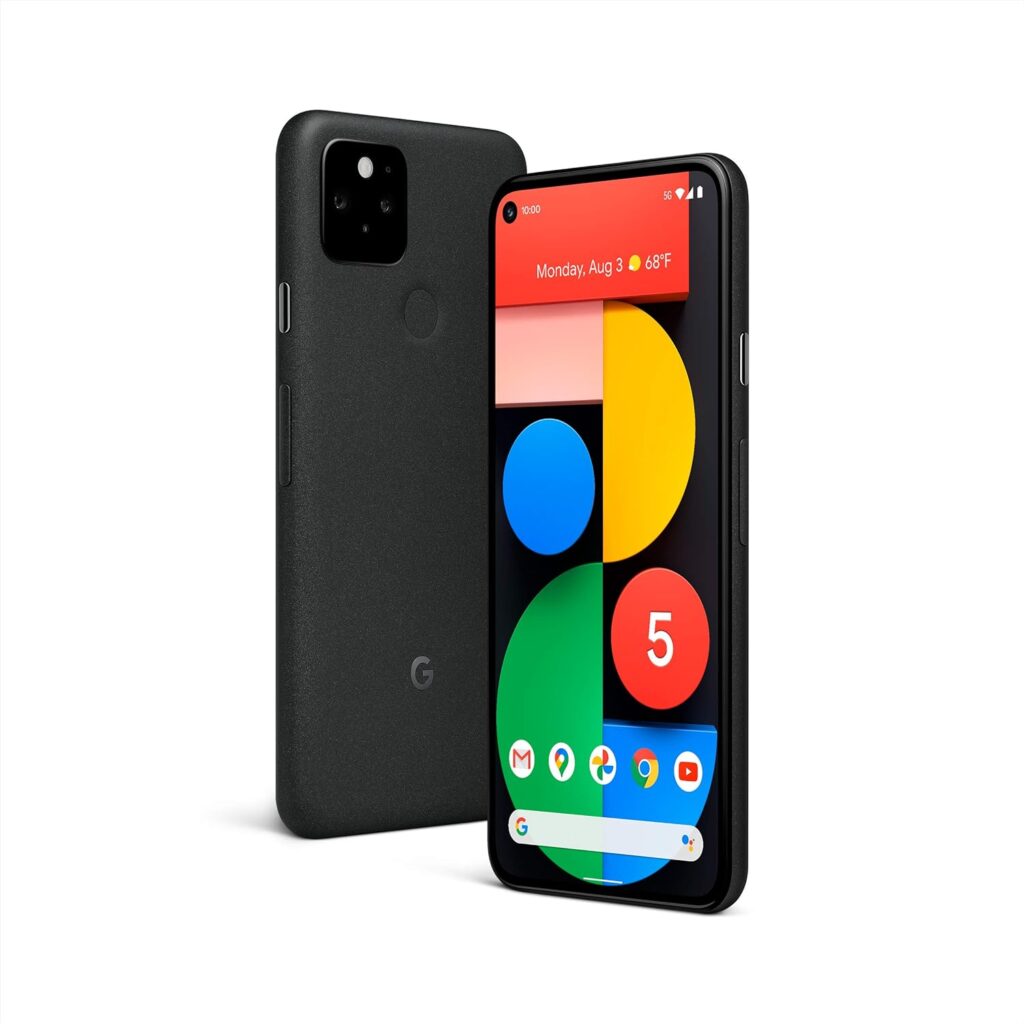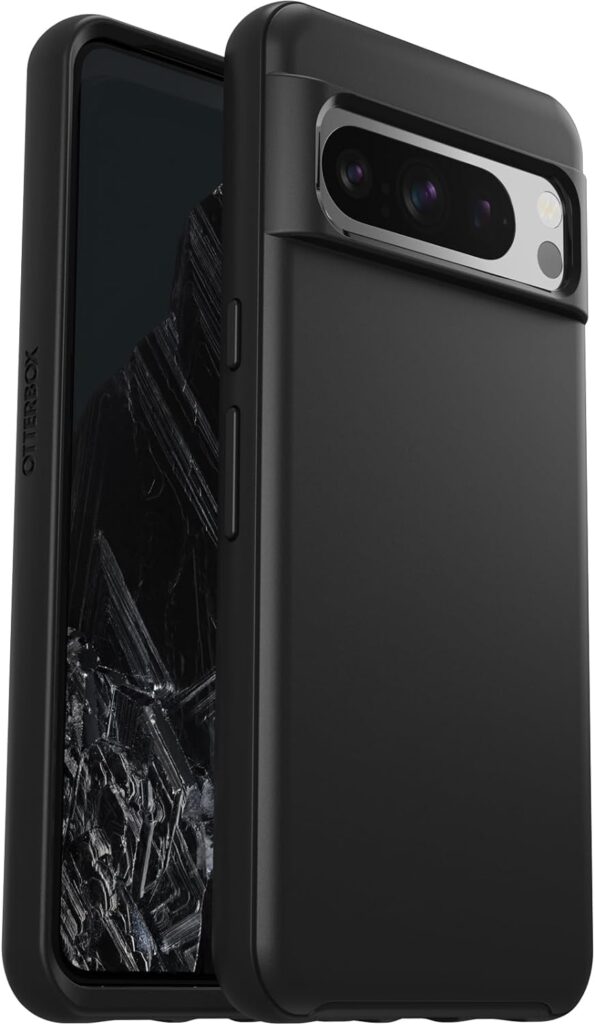
Newsletter Subscribe
Enter your email address below and subscribe to our newsletter

Enter your email address below and subscribe to our newsletter

Both Google Lens and Apple Vision Pro use computer vision and augmented reality (AR) technologies, but they take different approaches to engaging with the world. Google Lens is largely a smartphone-based technology that enriches visual information through real-time analysis, providing useful applications such as object recognition, text translation, and image search. In contrast, the Apple Vision Pro is a standalone spatial computer that immerses users in a mixed reality by integrating the physical and digital worlds with superior hardware and software. Essentially, Google Lens provides a look into AR capabilities through a smartphone screen, whereas Apple Vision Pro seeks to transform the way we view and interact with information by providing a completely immersive, spatially aware environment.
Google Lens, A Visual Search Tool:
Visual Search Powerhouse: Google Lens is an amazing image recognition technology that allows users to search the world around them using their smartphone camera. It uses artificial intelligence to detect objects, places, text, and other elements inside real-world photos. Whether you’re translating foreign language signs, identifying plant species, or looking for similar things online, Google Lens makes it easy to connect with the visual world. This visual search engine has become an indispensable companion for many people, allowing them to quickly and easily retrieve information in a range of everyday scenarios.
Google Lens allows you to search what you see, complete tasks faster, and better understand your surroundings—all with your camera or a snapshot.



Magic Behind Google Lens: To use this technology, users only need to take an image with their smartphone camera. Once the image is collected, Google Lens’ powerful image recognition engine goes to work, methodically examining the visual input. This method entails detecting objects, text, and other significant features in an image. Once the analysis is completed, Google Lens displays relevant information, such as product details, translations, or search results, on the device’s screen. The seamless integration of image collection, processing, and information transmission results in a powerful and intuitive user experience. It’s picture recognition capabilities have improved dramatically over time, making it a more helpful tool for consumers globally.
Key Features:
Vision Pro, A Mixed Reality Headset:
New Frontier in Spatial Computing: The Apple Vision Pro is a cutting-edge spatial computing device that effortlessly connects the physical and digital worlds. Unlike standard VR headsets, which completely immerse users in virtual surroundings, the Vision Pro provides a mixed reality experience, allowing users to interact with both digital information and the physical world. Smart equipment transforms how we perceive and interact with technology by superimposing digital information on the actual world or generating fully immersive virtual environments. This unique technology marks a huge advancement in human-computer interaction, with the potential to transform many parts of our lives, including entertainment, gaming, work, and communication.
Magic Behind the Vision Pro: It’s immersive experience is built around a sophisticated sensor and camera technology. These components work together to precisely track the user’s environment, position, and head motions, laying the groundwork for smoothly combining digital content with the real world. This precise tracking technology allows the device to correctly overlay virtual items on the physical space, resulting in a realistic and engaging experience. Users can engage with this integrated reality via intuitive gestures and voice instructions, which adds to the sensation of immersion. The Vision Pro eliminates the need for traditional controllers, providing a more natural and intuitive way to navigate and handle digital material. The Vision Pro stands apart from past generations of VR and AR devices because of its powerful sensors, precise tracking, and straightforward controls.
Key Features:
Key Differences Between These Two:
While both Google Lens and Apple Vision Pro use computer vision and augmented reality, they serve very different purposes. Google Lens is an effective tool for real-time information retrieval, allowing users to extract knowledge from the physical environment using their smartphone camera. It focuses on offering rapid, actionable insights on objects, text, and scenes.
In contrast, the Apple Vision Pro provides a more immersive and participatory experience, blurring the distinction between physical and digital realities. It seeks to revolutionize how we see and interact with information by superimposing digital content on the actual world. While Google Lens is useful for specialized tasks, the Vision Pro aims to be a platform for a variety of applications, including entertainment, gaming, productivity, and communication.
Finally, the choice between Google Lens and Apple Vision Pro is based on the user’s individual requirements and preferences. If you want to get information quickly from real-world things, Google Lens is a great option. However, if customers want a completely immersive and engaging augmented reality experience, the Apple Vision Pro is a more appealing option.
When deciding between these two technologies, consider cost, accessibility, and desired use cases.